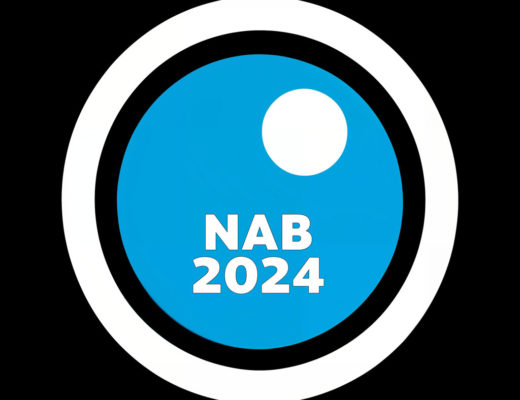 Video is easier to digest than ever before. High speed wired and wi-fi services, iPhones, and other video-enabled mobile devices are helping hungry users scarf down a smorgasbord of video treats. And publishers are going back to the kitchen to serve up more and more. How do publishers scale their operations to meet this seemingly insatiable appetite? And, how do they bake search engine friendliness into every serving?
Video is easier to digest than ever before. High speed wired and wi-fi services, iPhones, and other video-enabled mobile devices are helping hungry users scarf down a smorgasbord of video treats. And publishers are going back to the kitchen to serve up more and more. How do publishers scale their operations to meet this seemingly insatiable appetite? And, how do they bake search engine friendliness into every serving?
A common approach for large publishers is to purchase or license an enterprise-level video publishing and distribution platform. Publishers can choose from well-regarded solutions like Brightcove, Anystream, The Platform, and Flip Factory. These tools provide scale to publishing, delivering, and monetizing video assets; however, they provide only limited assistance to search engine optimization.
One of the major national news networks has put an effective process in place to address the issue of scale. A project manager I spoke with said, “We looked at turnkey platforms, but in the end we chose to build our own proprietary solutions on top of our existing CMS.” This includes a clever application that accesses the Yahoo! keyword suggestion tool via its API and returns relevant meta keywords to the file. They also automate the creation of a Google video sitemap that ensures the engine knows the location of their entire video inventory.
Josh Hawkins, director of corporate communications for Brightcove, encourages video publishers to follow SEO best practices when implementing their platform. This includes using targeted keywords in the title and metadata of each video, which Brightcove exposes to text-based search engines for indexing. To help scale these efforts, Brightcove’s platform, and many others like it, also provide the ability to easily syndicate MRSS feeds with the videos’ metadata into major video portals like AOL Video and Blinkx.
While optimized metadata can boost your video’s chances of being found on video sites like YouTube, it may not be enough to capture the attention of the major search engines like Google. While the traditional engines have been incorporating some videos into their search results, they primarily return full web pages in their listings. Their algorithms continue to love the tried and true SEO best practices of good page titles, relevant html content, and inbound links.

Filmtools
Filmmakers go-to destination for pre-production, production & post production equipment!
Shop Now













